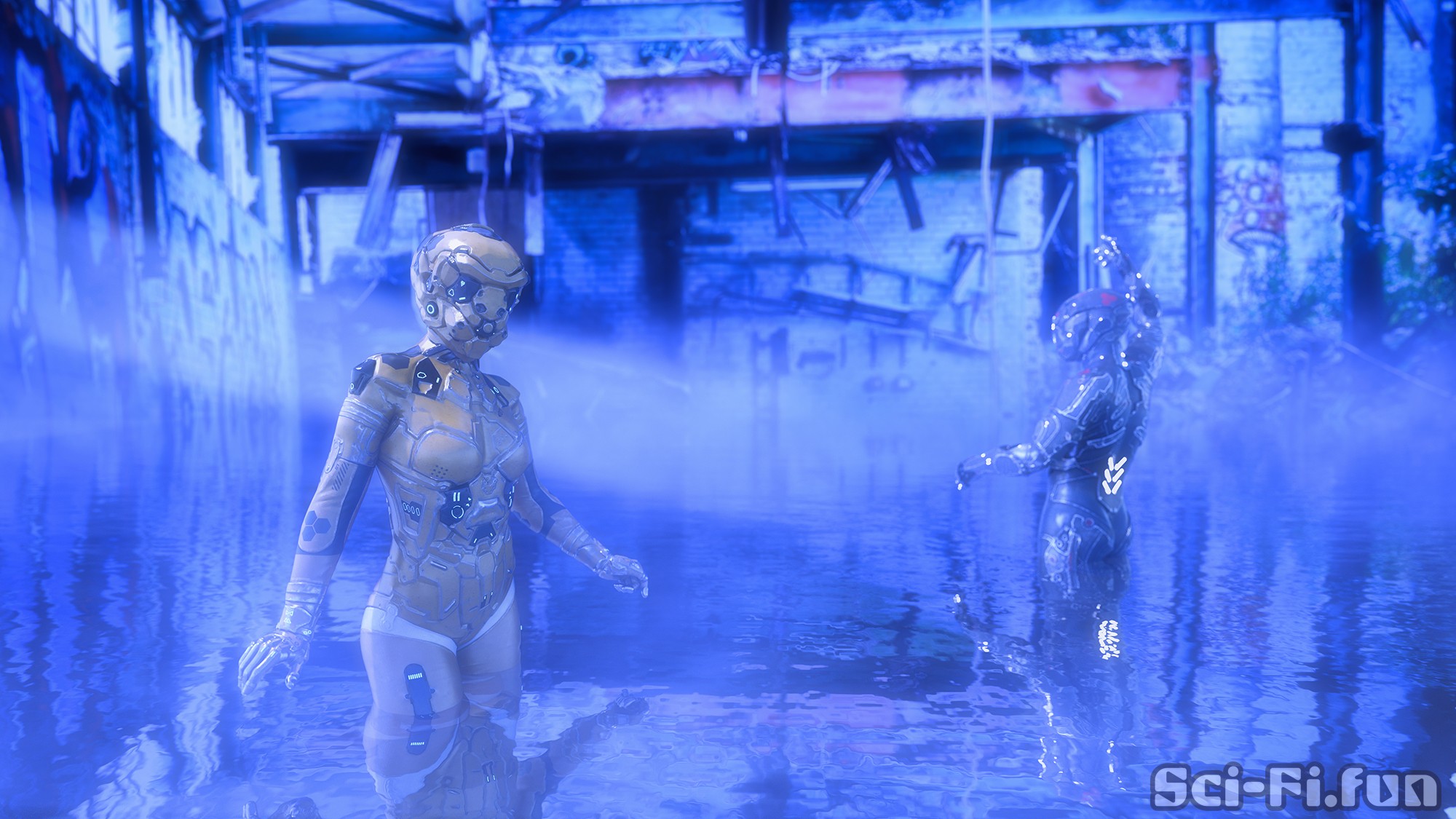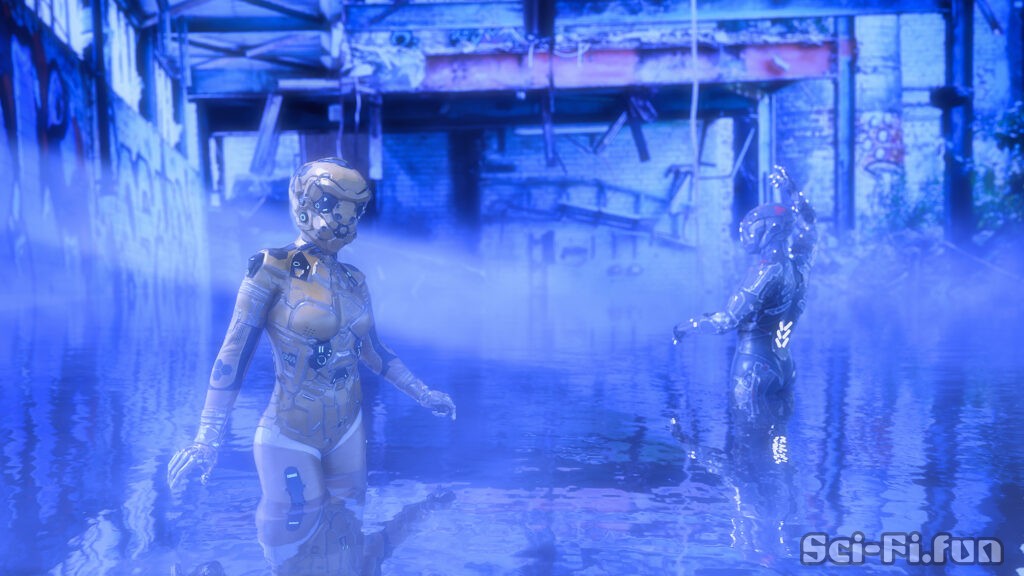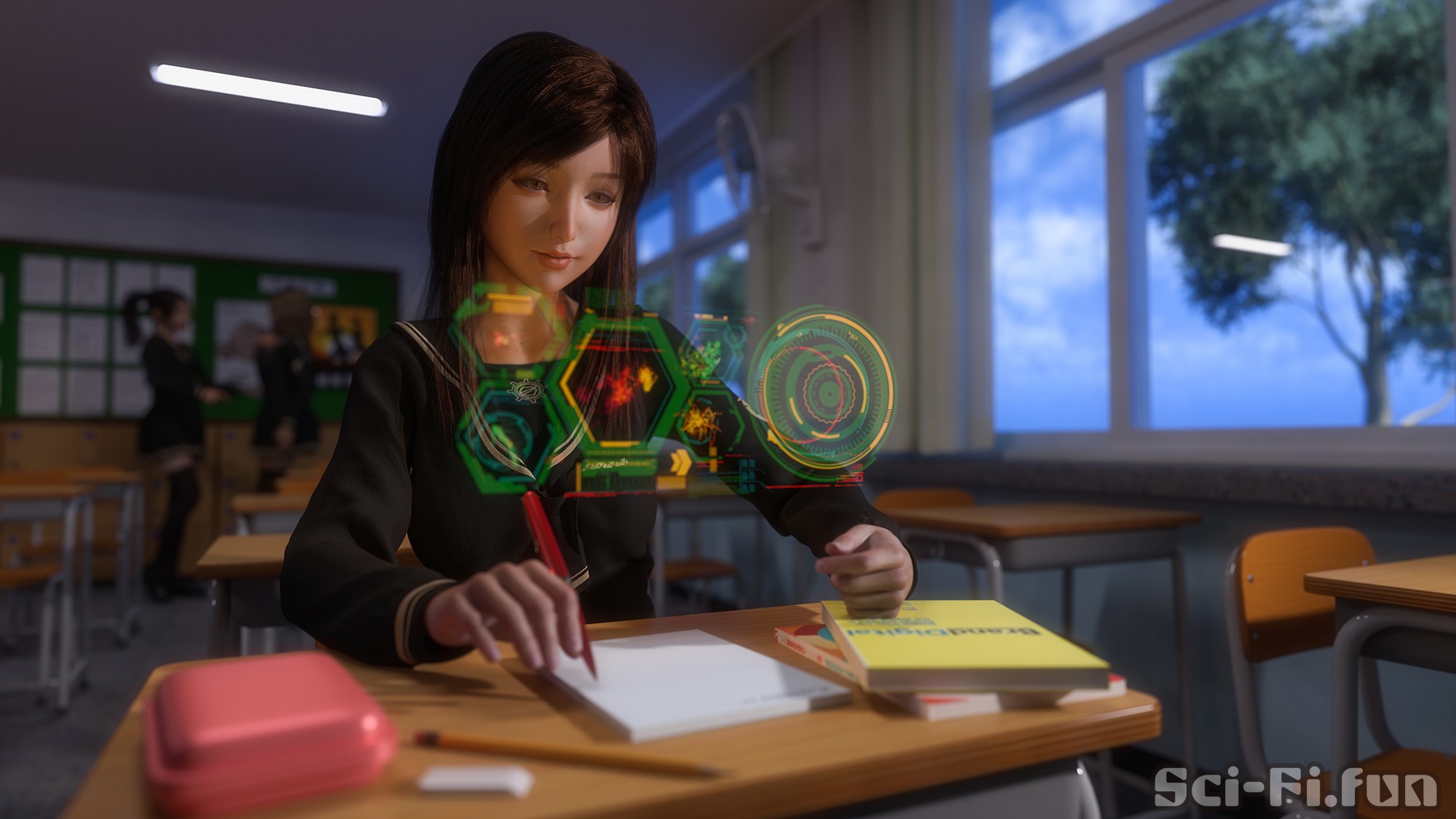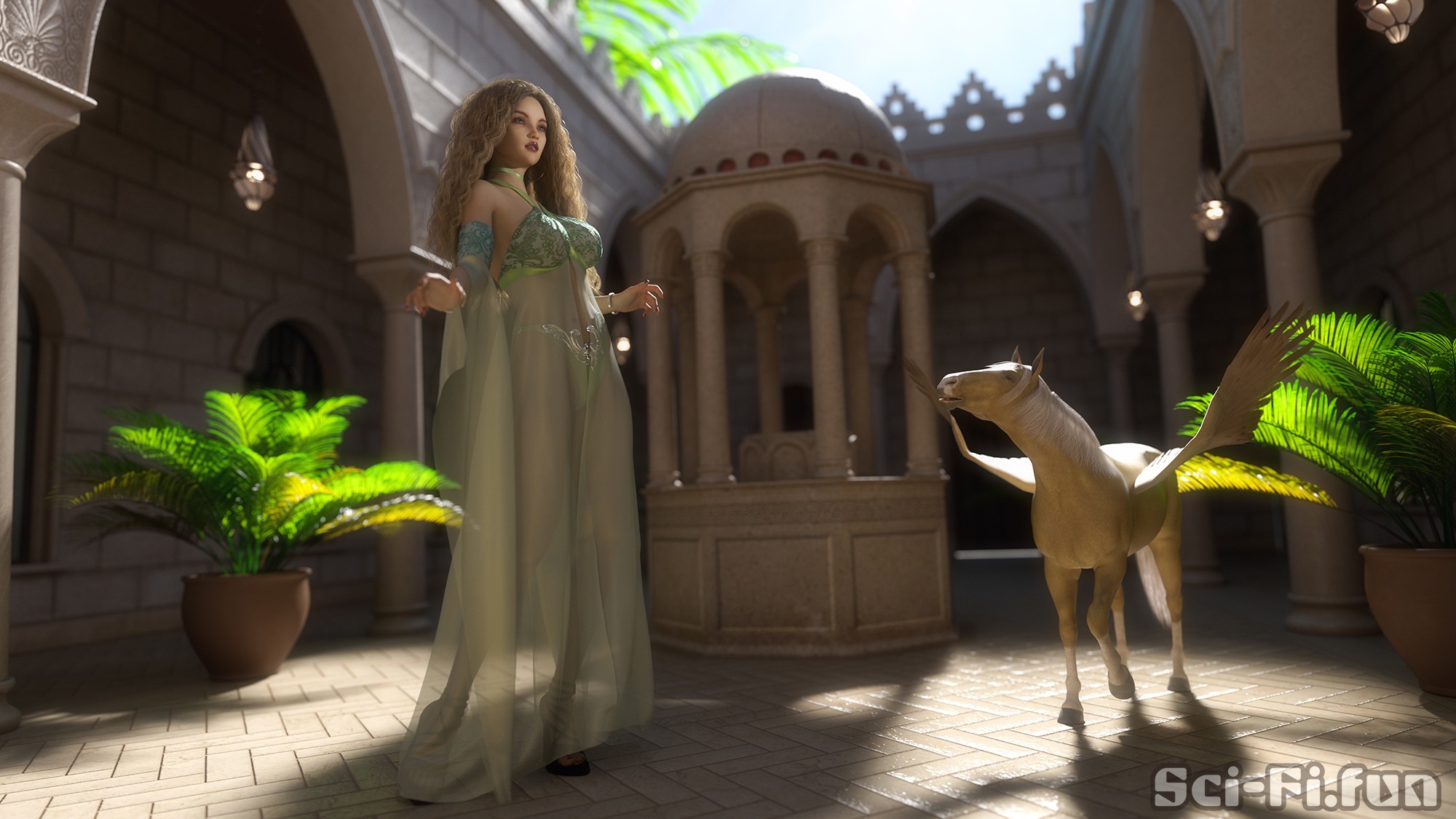地球人口の9割が死に至った、「神の怒り」から10年が経った。
森林の多くが業火で焼け、隣接する街も燃えた。砂漠化が進行して空気は乾燥し、火災が頻発すると、可燃性のものはなんでも燃えた。都市そのものがゴミの焼却場と化した。
事態を悪化させたのは、第三次世界大戦だ。
エネルギーと水と食糧を巡って、各国の対立が激しくなり、ついには戦争に発展した。第二次大戦と大きく違っていたのは、核兵器を持っている国が多くなっていたことだ。戦争が激化するにつれ、どの国が最初に核兵器のボタンを押すかになった。
正確なところはわからないが、アメリカ、中国、インド、イラン、ロシアのいずれかが核戦争の口火を切った。
始まってしまえば、報復の撃ち合いだ。ターゲットに設定されていた主要な都市が、次々に消えた。
追い打ちをかけるように、火山があちこちで連鎖的な噴火を起こした。核爆発は放射性物質をまき散らし、都市の火災からは塩化水素やダイオキシンが発生し、火山と周辺の温泉地は硫化水素の発生源となった。空気は猛毒の成分を含み、多くの動物と人の命を奪った。
温暖化は急速に進み、海面上昇にともなって都市の多くは水没した。
原発は悲惨さに輪をかけた。電源喪失だけでなく、管理者すらいなくなり、制御されずに放置された。原発は次々とメルトダウンを起こし、10年経った今でも核反応を続けている。
生き残った人々は、標高2000メートル以上の高地に逃れた。標高が1000メートル以下では、空気の毒性が強く生きられないからだ。都市の火災と火山活動は断続的に続いていて、毒性ガスの供給が続いていた。
わたしが住む集落は、5000人ほどが暮らしている。自給自足でなんとか生きているが、かつてのハイテクで使えるものは限定的だ。
電気は太陽光発電でなんとかなっているが、蓄電池の老朽化で使えるのは昼間だけ。その太陽光発電もいずれ劣化するだろうから、いつまで使えるかわからない。部品を作る工場はないから修理もままならない。
通信手段はなく孤立した状態だ。世界にどれだけの人が生き残っているのか、正確に知る術はない。
幸いだったのは、住民の中に技術者が多くいたことだ。ありあわせの材料で下界に行くための防護スーツを作った。
外気に触れないための宇宙服のようなスーツだ。汚染された空気をフィルタリングするだけでなく、放射能も防御する必要があった。
下界に行く必要があるのは、使えそうな道具や材料を持ち帰るためだ。初期のスーツは粗雑なものだったが、改良を重ねて強度と防護性能が向上した。
下界に行く人たちを「回収部隊」と呼んでいる。わたしは初めて回収部隊に参加した。わたしたちは使い古された電気自動車で、下界の街に向かった。
街は原型を留めていない。そこが街だったことを物語るのは、朽ちた残骸だ。
それは文明の残骸でもある。
見ていると悲しくなってしまった。
わたしたちは生き残った。それには意味があるはず。
自然の回復力は時間はかかるだろうけど、いずれ環境を浄化すると思う。わたしが生きている間には無理かもしれないけど、子孫には未来の可能性を残してあげたい。
だから、今は生き残るためにできることをする。
水没した街を歩きながら、わたしは決意を新たにした。
Ten years have passed since the “Wrath of God”, which resulted in the death of 90% of the earth’s population.
Many of the forests were burned by the industrial fires, and the neighboring cities also burned. As desertification progressed, the air became drier, and fires became more frequent, burning anything combustible. The city itself became a garbage incinerator.
What made things worse was the Third World War.
The conflict between countries over energy, water, and food intensified and eventually led to war. The major difference from World War II was that more and more countries had nuclear weapons. As the war intensified, it became a question of which country would press the nuclear button first.
We don’t know exactly, but either the U.S., China, India, Iran, or Russia would initiate a nuclear war.
Once it started, it would be a retaliatory firefight. The major cities that had been set as targets disappeared one by one.
To top it all off, volcanoes started a chain of eruptions all over the place. Nuclear explosions spewed radioactive materials, urban fires produced hydrogen chloride and dioxin, and the volcano and surrounding hot spring areas were a source of hydrogen sulfide. The air contained poisonous elements that claimed the lives of many animals and people.
Global warming proceeded rapidly, and many cities were submerged as sea levels rose.
The nuclear power plant was a circle of misery. Not only did they lose power, but even the administrators were gone and left uncontrolled. One after another, the plants had meltdowns, and even now, ten years later, the nuclear reactions continue.
Those who survived fled to high altitudes of over 2000 meters. This was because at altitudes below 1000 meters, the air was too toxic to survive. Fires and volcanic activity in the city continued intermittently, providing a continuous supply of toxic gas.
Manage to survive on self-sufficiency, but what we can use is limited to what was once high-tech.
Electricity is generated by solar power, but it can only be used during the daytime due to the aging of storage batteries. We don’t know how long we will be able to use the solar power because it will eventually deteriorate. There are no factories to make parts, so repairs are impossible.
There is no means of communication, so we are in a state of isolation. There is no way to know exactly how many people are still alive in the world.
Fortunately, there were many engineers among the residents. With what materials they could find, they made a protective suit to go down to the lower world.
It was like a space suit to keep us from being exposed to the outside air. Not only did it need to filter out the contaminated air, but it also needed to protect against radiation.
The reason we needed to go down there was to bring back tools and materials that we could use. The initial suits were crude, but improvements were made to increase strength and protection.
The people who go down to the lower world are called the “Recovery team”. We headed for the city of the lower world in a worn-out electric car.
The city was still in its original state. What tells us that it was a city is the decaying wreckage.
It is also the wreckage of civilization.
It made me sad to look at it.
We survived. There must be a meaning to that.
Nature’s resilience may take time, but I believe it will eventually purify the environment. It may not be possible in my lifetime, but I want to leave the possibility of a future for my descendants.
So for now, I will do what I can to survive.
As I walked through the submerged city, I renewed my resolve.




